UPCOMING EVENT
UPCOMING EVENT
10 Years After COP21
Looking back at the 2015 Paris meeting, the global energy landscape has undergone drastic changes. At that time, countries were classified based on their contributions to greenhouse gas emissions: declining emitters, such as the U.S. and the EU, growing emitters, including China and India, and low-emission countries. Today, China leads global emissions, accounting for 32%, surpassing the combined emissions of the U.S., the EU, India, and Russia. Although China invests more than any other country in renewable and nuclear energy, its reliance on coal remains alarming, accounting for 61% of its electricity generation. This reflects a model of “energy addition” rather than a true transition.
Electrification is essential for the energy transition, but it faces notable challenges. In Spain, electricity decarbonization reached 80% by 2024, yet electricity consumption has remained flat for 20 years, and barriers for new consumers limit progress. This has kept oil’s share in the primary energy mix at 45%, hindering decarbonization goals. Additionally, the future of nuclear energy in Spain is uncertain, unlike the renewed commitments seen in the UK and France.
Globally, the EU finds itself caught between two major powers: the U.S. and China. The U.S., thanks to fracking, is the world’s largest producer of oil and natural gas, exporting at competitive prices. Meanwhile, China combines heavy coal use with Russian gas imports, ensuring a stable energy supply. This situation places the EU at a disadvantage, with higher energy costs and reliance on external resources.
However, Spain and Portugal have the potential to lead Europe’s electricity supply, provided they improve their infrastructure and institutional trust. Still, events like the April 2025 blackout and increasing institutional distrust cast doubt on their progress.
Climate change remains a pressing challenge that requires worldwide cooperation. While the EU moves toward achieving carbon neutrality by 2050, many critical technologies are still in the early development stages. Furthermore, events like the potential weakening of the Gulf Stream could lead to devastating consequences. The absence of coordinated international efforts, especially from major emitters such as the U.S. and China, makes the situation even more complicated.
In this context, the energy transition must focus not only on electrification but also on defossilization through vectors like hydrogen and ammonia. History shows that climate has always shaped humanity, and addressing this challenge requires urgent and coordinated action.
Some Conclusions
All of this will be discussed at our next meeting, the 23rd IESE Energy event at IESE.
| 14:30-15:00 | Registration |
| 15:00-15:40 | Welcome
• Oliverio Álvarez, Meeting Co-Organizer, Managing Partner for Energy, Resources & Industrials, Deloitte España |
| 15:45-16:15 | Reforms with Impact for an Effective and Competitive Transition (I)
• Josu Jon Imaz, Chief Executive Officer, Repsol Moderated by: Prof. Juan Luis López Cardenete, IESE Business School and Oliverio Álvarez, Deloitte España |
| 16:20-17:15 | What is Holding Back Electrification and Demand for Electricity Storage from Moving Forward with the Transition?
• Natalia Fabra, Professor of Economics, Carlos III University of Madrid Moderated by: Prof. Edi Soler, IESE Business School |
| 17:15-17:45 | Coffee break |
| 17:45-18:15 | Reforms with Impact for an Effective and Competitive Transition (II)
• Francisco Reynés, Executive Chairman, Naturgy Moderated by: Prof. Juan Luis López Cardenete, IESE Business School and Oliverio Álvarez, Deloitte España |
| 18:20-19:30 | Disruption in Wholesale and Retail Markets
• Carmen Becerril, President, Omel/Omie Moderated by: Manuel Blanco, Socio, Deloitte España |
| 19:35-20:30 | Reforms with Impact for an Effective and Competitive Transition (III)
• Rafael Mateo, Ex CEO Acciona Energia Moderated by: Oliverio Alvarez, Deloitte España |
| 08:30-09:00 | Registration and welcome coffee |
| 09:00-09:30 | Institutional Welcome
• Oliverio Álvarez, Deloitte España |
| 09:35-10:40 | Identifying the Barriers to the Electrification and Defossilization of Transportation and Industry
• Luis Cabra, Chief Executive Officer of Energy Transition, Technology, Institutional Affairs, and Deputy CEO, Repsol Moderator: Prof. Laureano Álvarez, Socio, Deloitte España |
| 10:45-11:50 | Reforms with Impact for an Effective and Competitive Transition (IV)
• Arantza Ezpeleta, CEO, Acciona Energia Moderated by: Ana Sánchez Palacios, Socia, Deloitte España |
| 11:50-12:20 | Coffee break |
| 12:20-13:15 | The Weight of Public and Published Opinion: Is it All for Citizens?
• Rubén Esteller, Deputy Director, elEconomista Moderated by: Prof. Massimo Maoret, IESE Business School |
| 13:20-14:15 | A Unique Opportunity for Spain and Portugal: Are the Pyrenees Energetically Permeable?
• Rodrigo Costa, President and CEO, REN Moderated by: Deloitte |
| 14:20-15:15 | A New Multilateral Climate Architecture to Rein in the 10 Largest Emitters?
• Alicia García-Herrero, Chief Economist, Natixis Moderated by: Prof. Juan Luis López Cardenete, IESE Business School |
| 15:15-16:30 | Lunch |
| 16:30-17:10 | The European Union, US and China: A Shared Climate Destiny or Divergent Energy Strategies?
• Pedro Antonio Merino, Chief Economist, Repsol Moderated by: Prof. Juan Luis López Cardenete, IESE Business School |
| 17:10-17:30 | Coffee break |
| 17:30-18:35 | The Energy Transition 10 Years after the Paris Summit: What Should Be Changed?
• Luis Atienza, President, Argo Capital Partners Moderated by: Prof. Edi Soler, IESE Business School |
| 18:40-19:10 | Closing and conclusions
• Oliverio Álvarez, Deloitte España |
Note: In case of international speakers, we provide simultaneous translation during the event.

Academic Director of the Meeting

Co-organizer of the Meeting

Moderator
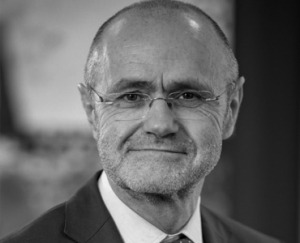
Speaker

Speaker

Moderator

Speaker
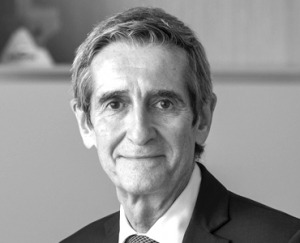
Speaker
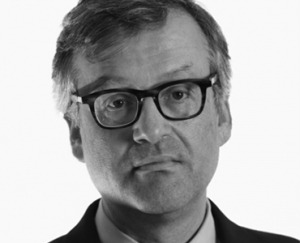
Speaker
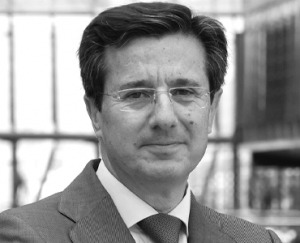
Speaker
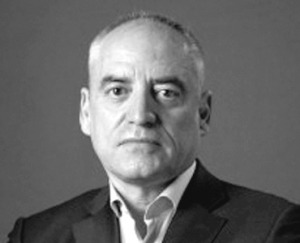
Speaker
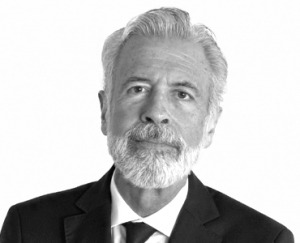
Speaker
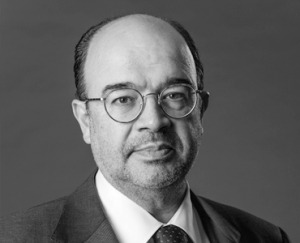
Speaker

Speaker

Speaker

Speaker

Speaker
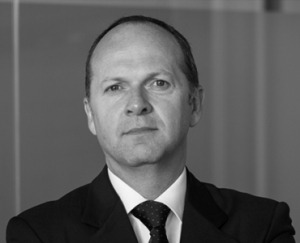
Speaker

Speaker
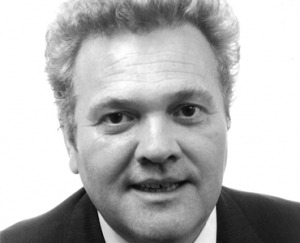
Speaker
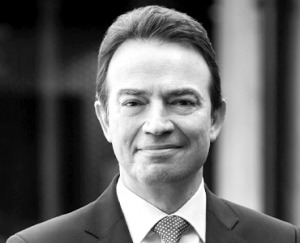
Speaker

Speaker
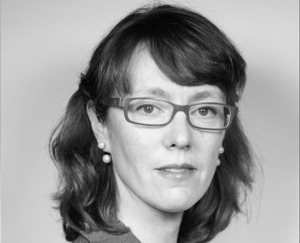
Speaker
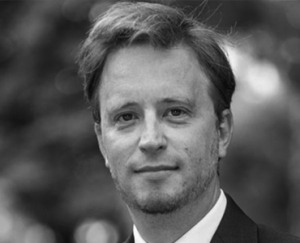
Moderator

Speaker
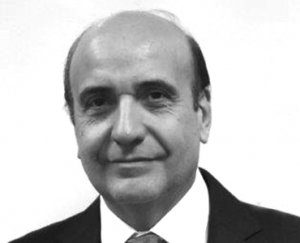
Speaker

Speaker

Speaker
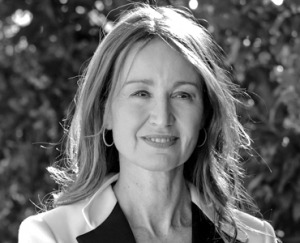
Speaker

Moderator

Speaker

Speaker
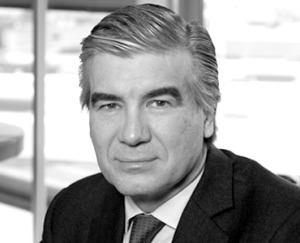
Speaker

Speaker
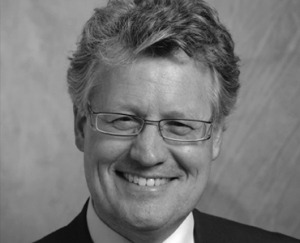
Speaker
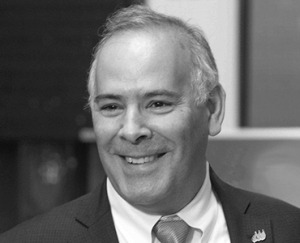
Speaker

Moderator

Speaker

Speaker

Moderator
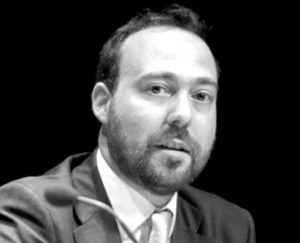
Speaker
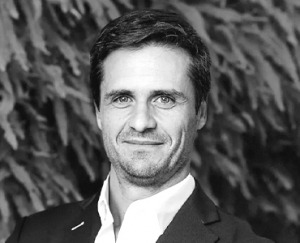
Speaker

Speaker
The 23 IESE Energy Meeting will be held on IESE’s new campus in Madrid
The fees for this meeting:
On Campus: € 1,200
Online: € 400
On Campus: € 1,000
Online: € 400
On Campus: € 850
Online: Free
PAYMENT MUST BE MADE PRIOR TO PROGRAM ATTENDANCE
2024 · The Energy Transition: Be Idealistic! Achieve the Possible!
2023 · Let’s Save the Energy Transition – It’s in Danger!
2022 · Energy Transition: Towards a Holistic Strategy
2021 · The post-COVID Energy Transition: same goals, different policies
2020 · An Industry in Transition
2019 · Dimensions for an Effective Energy Transition
2018 · Game changers in the Global Energy System
2017 · Energy Architecture in Transition
2016 · Human Well-being, Growth and Energy Access: New Governance for a Unique Challenge
2015 · The Future of Energy: Who Calls the Shots?
2014 · Quo Vadis, Europe? Shedding Light on an Energy Policy beyond the Electrical Sector Reform
2013 · A New Energy Policy as a Global Paradigm Shift Emerges
2011 · The Impact of the Energy Policy on the Sector’s Competitiveness
2009 · A Debate on the Spanish Energy Sector
2004 · Energy Liberalization and Consolidation in Europe
2002 · A Shift Towards the Convergence of Energy Markets
2000 · Mergers and Strategic Alliances: The Creation and Conquest of the Future